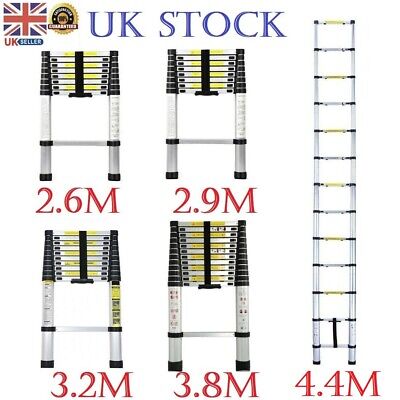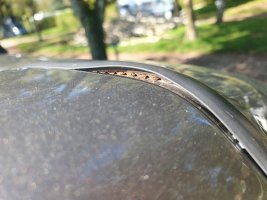66tim99
Super Poster
Lifetime VIP Member
Would you be willing to post photos of where to check and what for please?I sympathise, I was very tempted to do that too.
I guess the argument in support is that, as a conscientious owner, you are now aware of the inherent risk, so you will regularly check, clean and re-treat around the seal (as will I). As a result, there is little or no chance of bubbling paint on the aluminium and a resulting need for a warranty claim.
It is not an easy decision, particularly on a brand new vehicle.
















